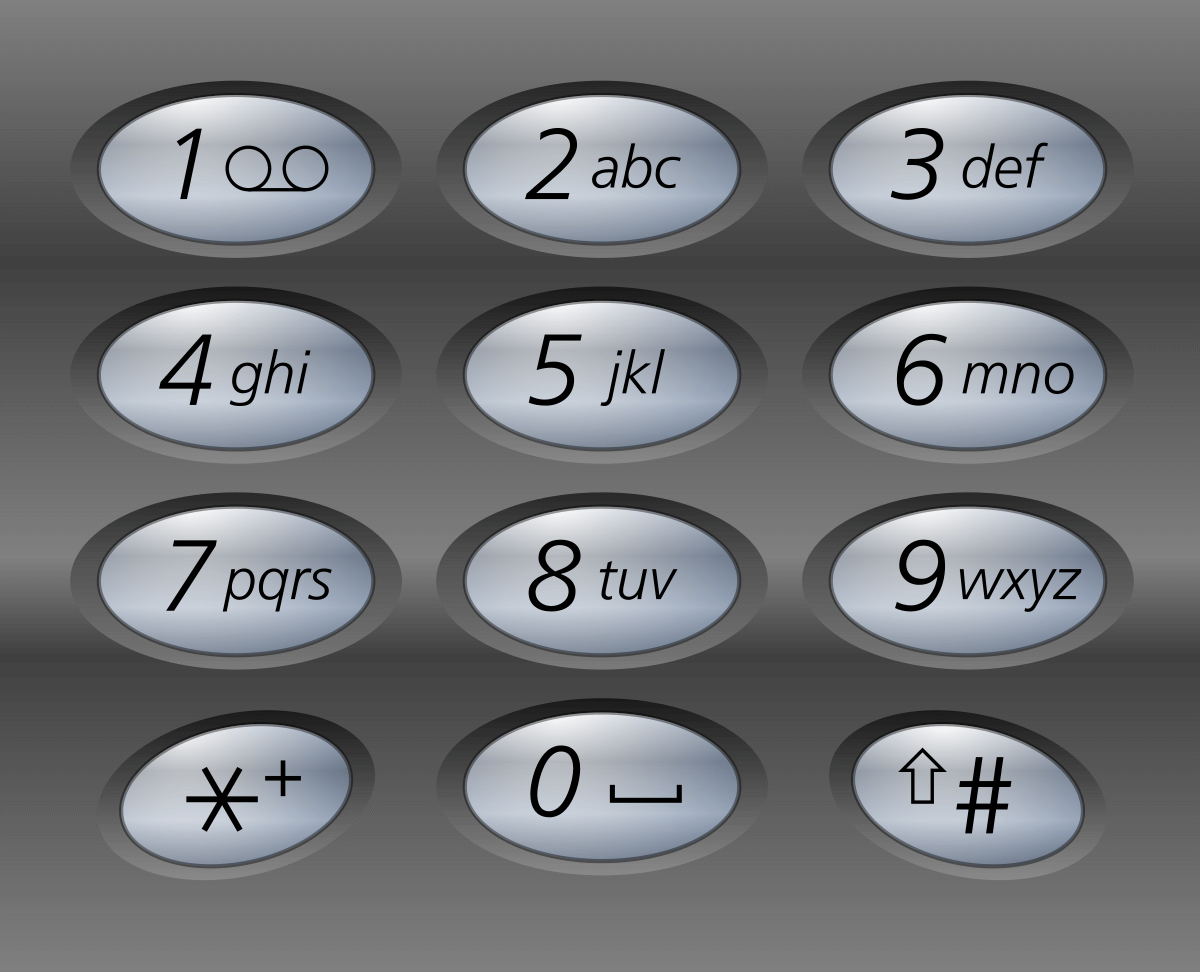Table of Contents
Open Table of Contents
Description
Given a string containing digits from 2-9 inclusive, return all possible letter combinations that the number could represent. Return the answer in any order.
A mapping of digit to letters (just like on the telephone buttons) is given below. Note that 1 does not map to any letters.

Example 1:
Input: digits = "23"
Output: ["ad","ae","af","bd","be","bf","cd","ce","cf"]
Example 2:
Input: digits = ""
Output: []
Example 3:
Input: digits = "2"
Output: ["a","b","c"]
Constraints:
digits[i]is a digit in the range['2', '9'].
Approach
We build the letter combinations sequentially by iterating through the input digits and appending the corresponding letters for each digit to the combinations generated so far.
- For the first digit, the possible combinations are simply its mapped letters.
- For each subsequent digit, we take every combination already built and append each letter corresponding to the current digit.
This results in all possible letter combinations for the input digit string.
Solution
/**
* @param {string} digits
* @return {string[]}
*/
var letterCombinations = function (digits) {
// Map digits to corresponding letters
const charMap = {
2: ["a", "b", "c"],
3: ["d", "e", "f"],
4: ["g", "h", "i"],
5: ["j", "k", "l"],
6: ["m", "n", "o"],
7: ["p", "q", "r", "s"],
8: ["t", "u", "v"],
9: ["w", "x", "y", "z"],
};
// Use reduce to accumulate letter combinations for each digit
return [...digits].reduce((combinations, digit) => {
const chars = charMap[digit];
// If the digit is not in the map, skip processing it
if (!chars) return combinations;
// If there are no combinations yet, start with the current digit's letters
if (!combinations.length) return charMap[digit];
// For every existing combination, append each character from the current digit.
return combinations.reduce(
(acc, combination) => [...acc, ...chars.map(char => combination + char)],
[]
);
}, []);
};
Complexity Analysis
Time Complexity
The time complexity is , where is the number of digits that map to 3 letters (e.g., 2, 3, 4, 5, 6, 8) and is the number of digits that map to 4 letters (e.g., 7, 9). The total number of combinations is the product of the number of letters for each digit.
Space Complexity
The space complexity is , where is the number of digits that map to 3 letters and is the number of digits that map to 4 letters. The space complexity is determined by the number of possible combinations.